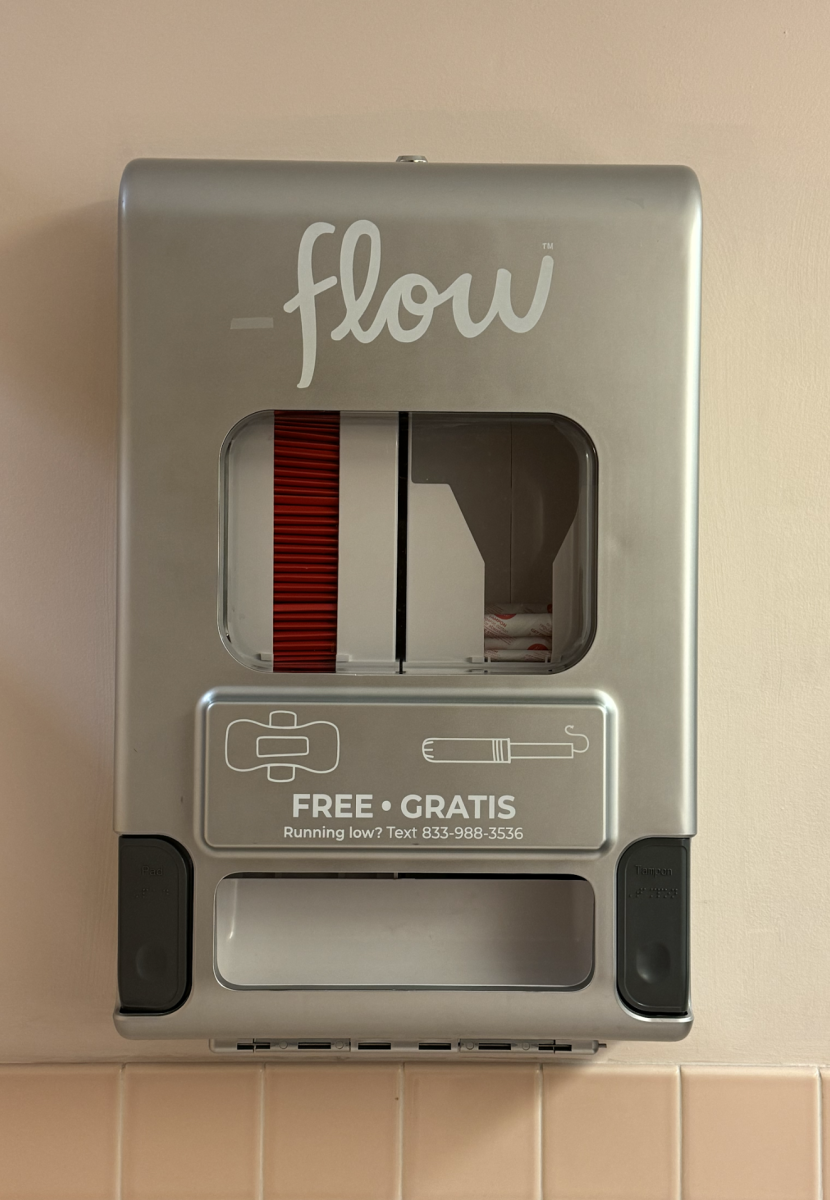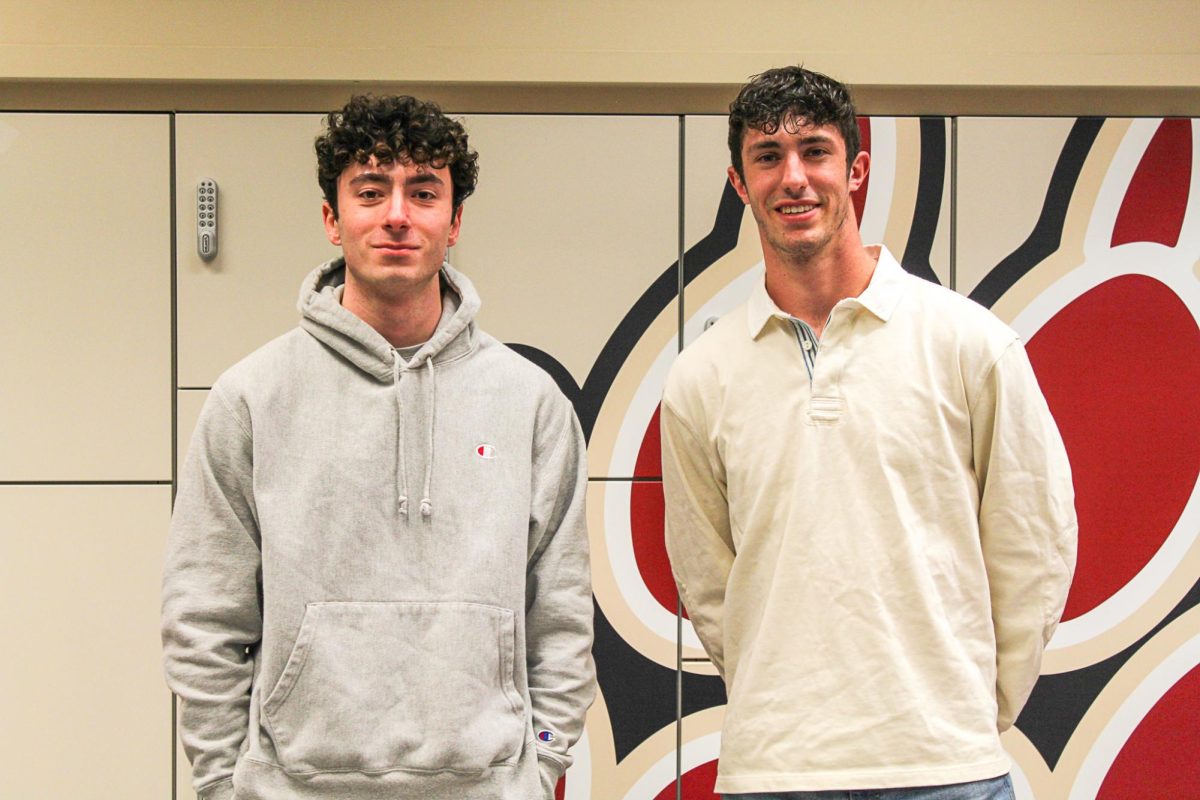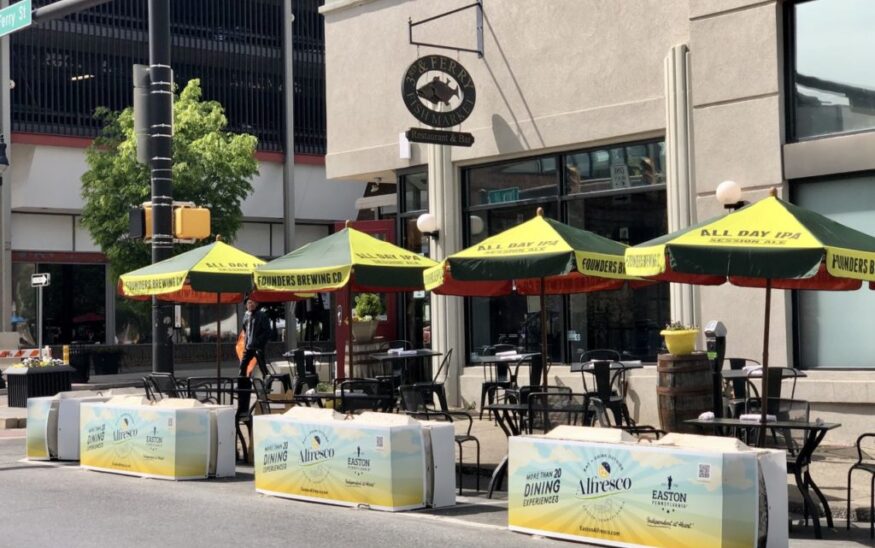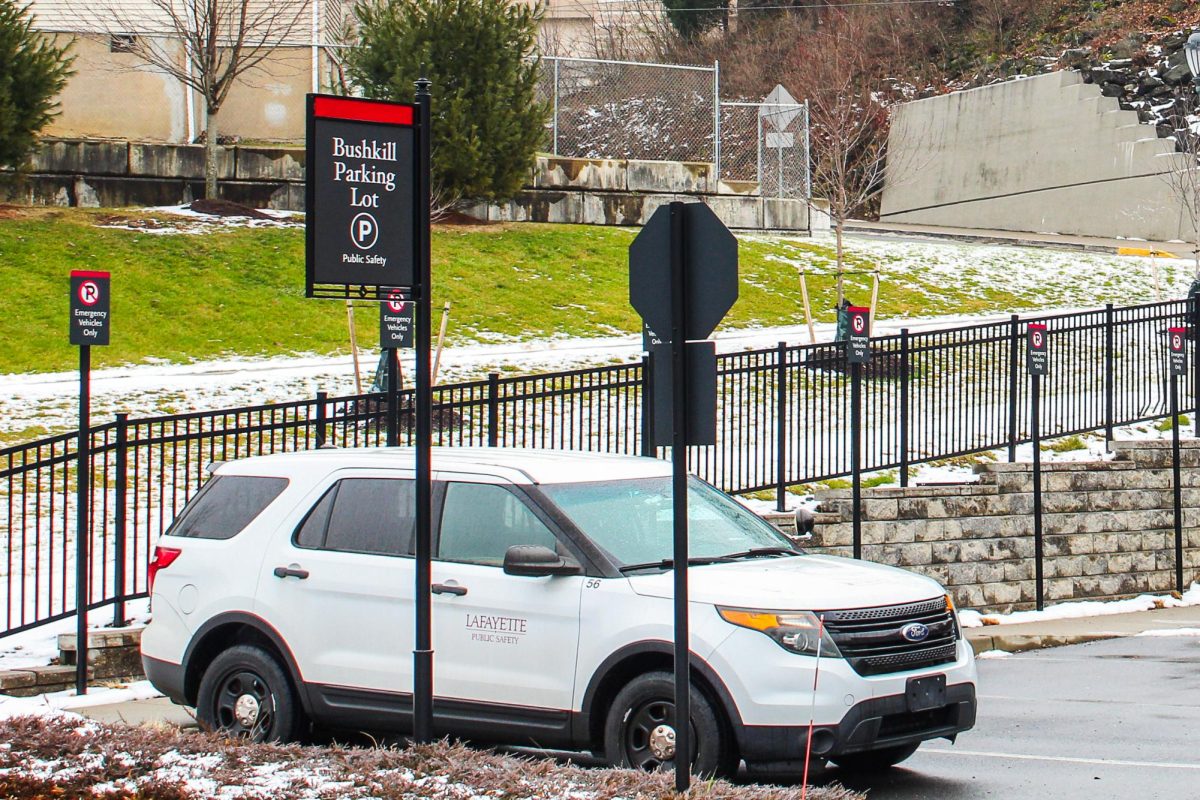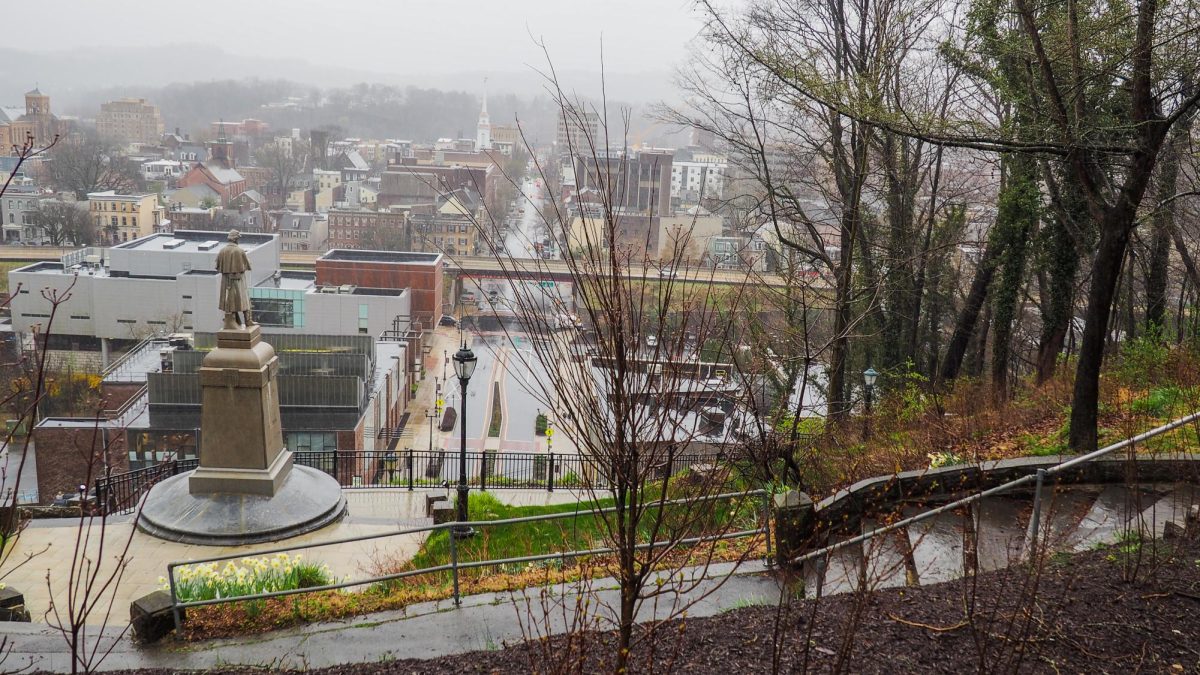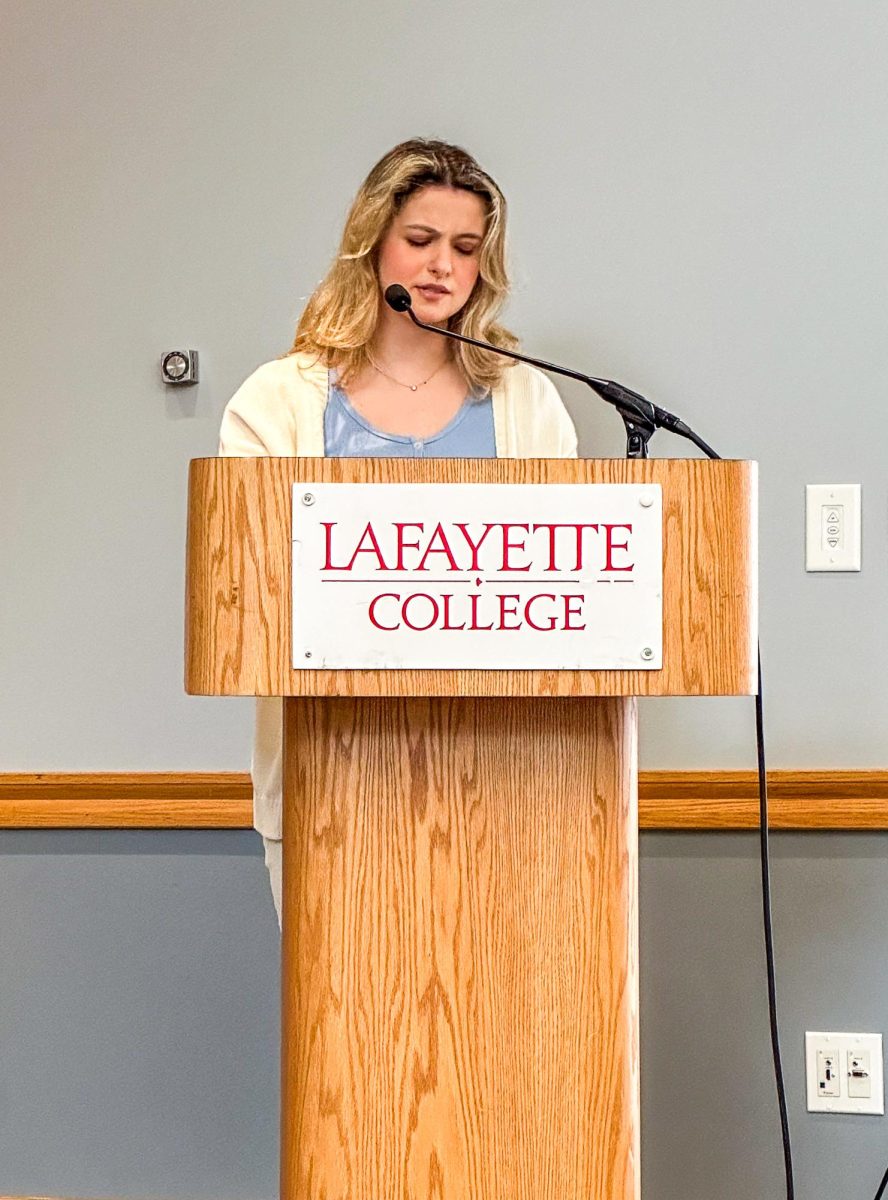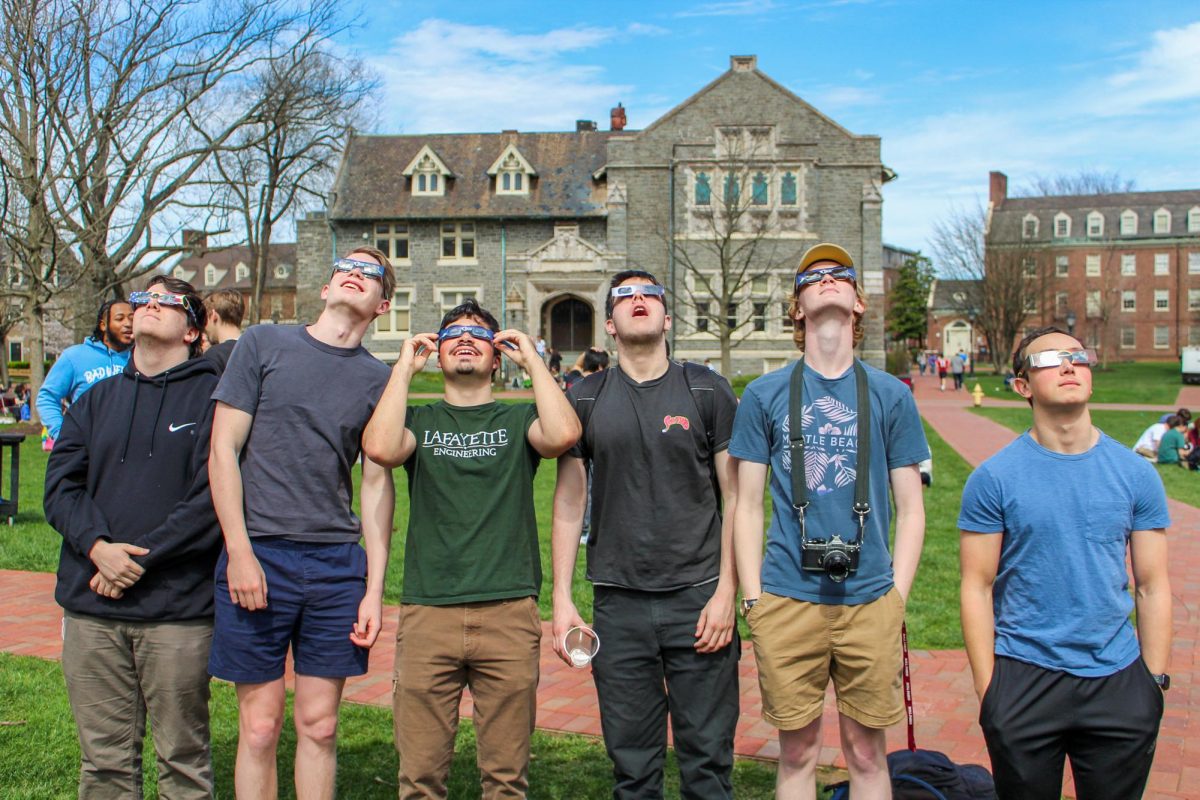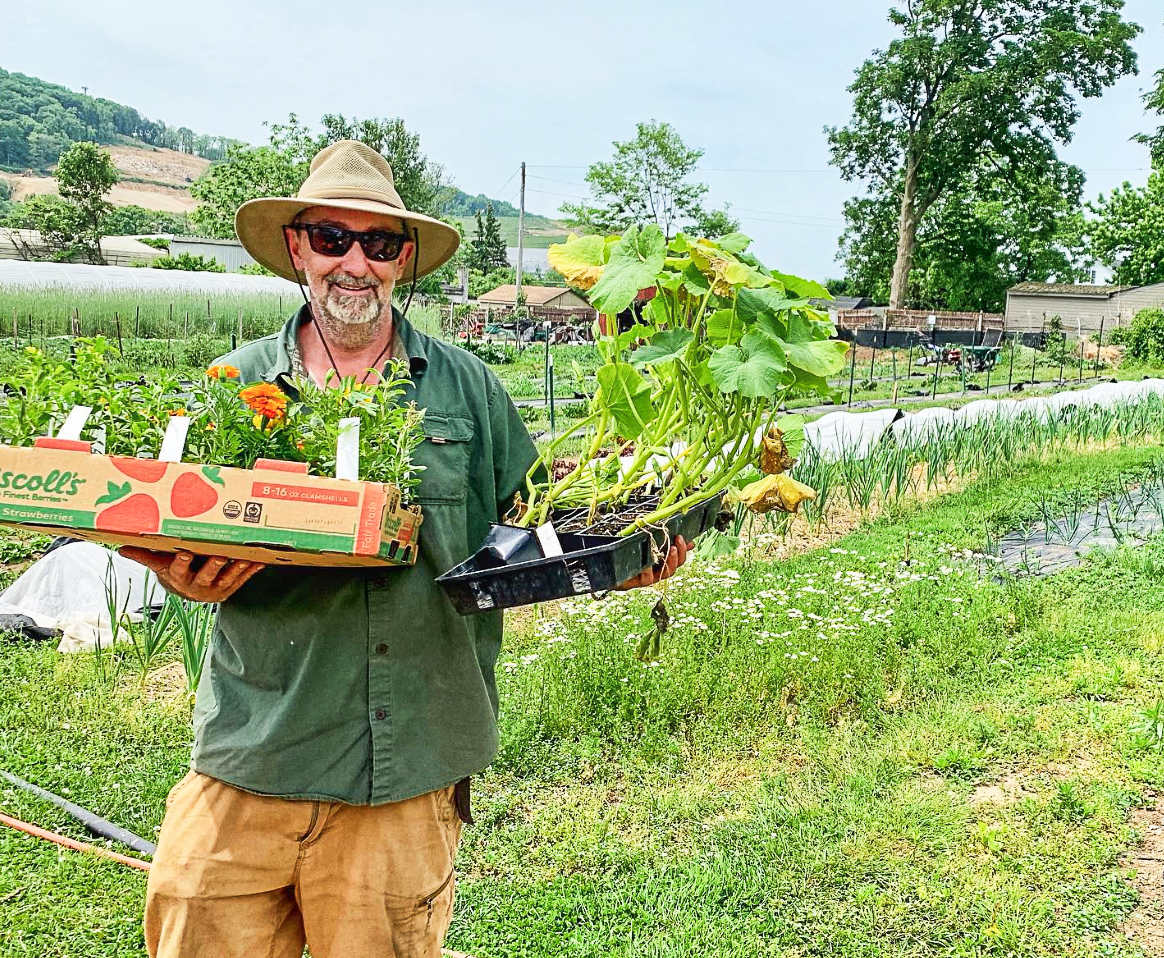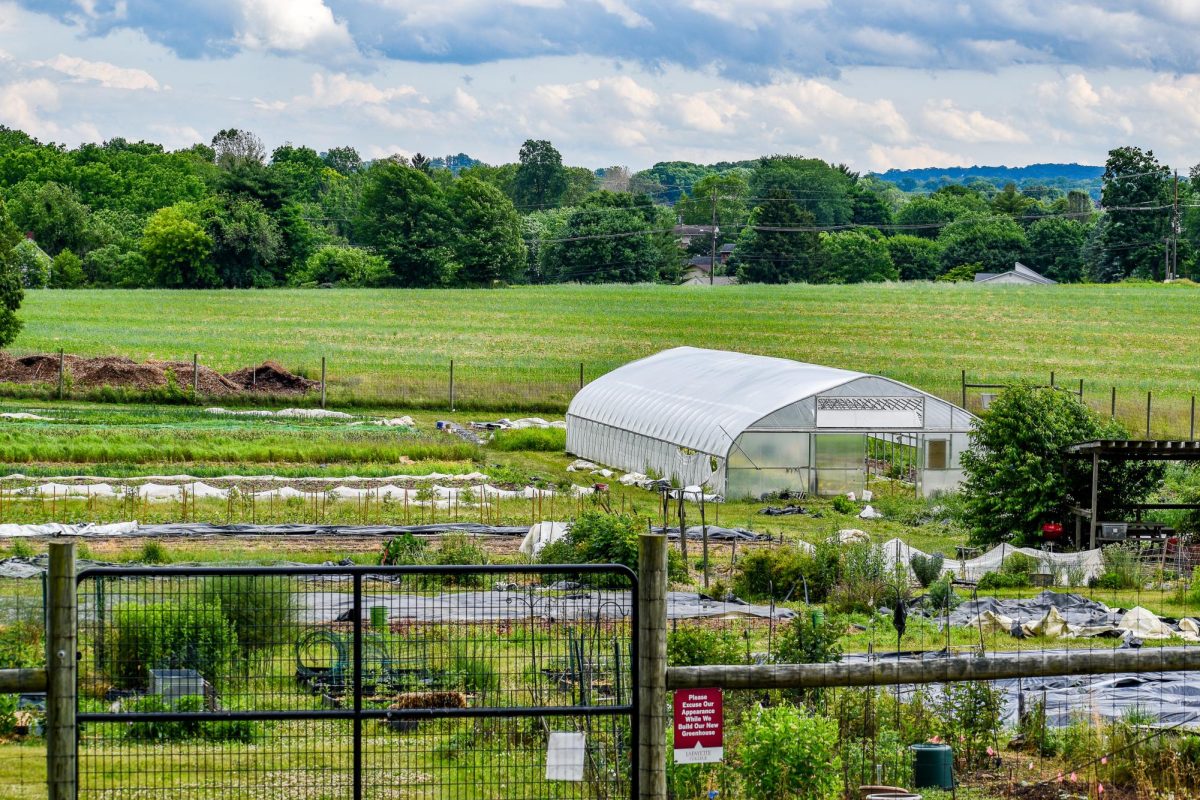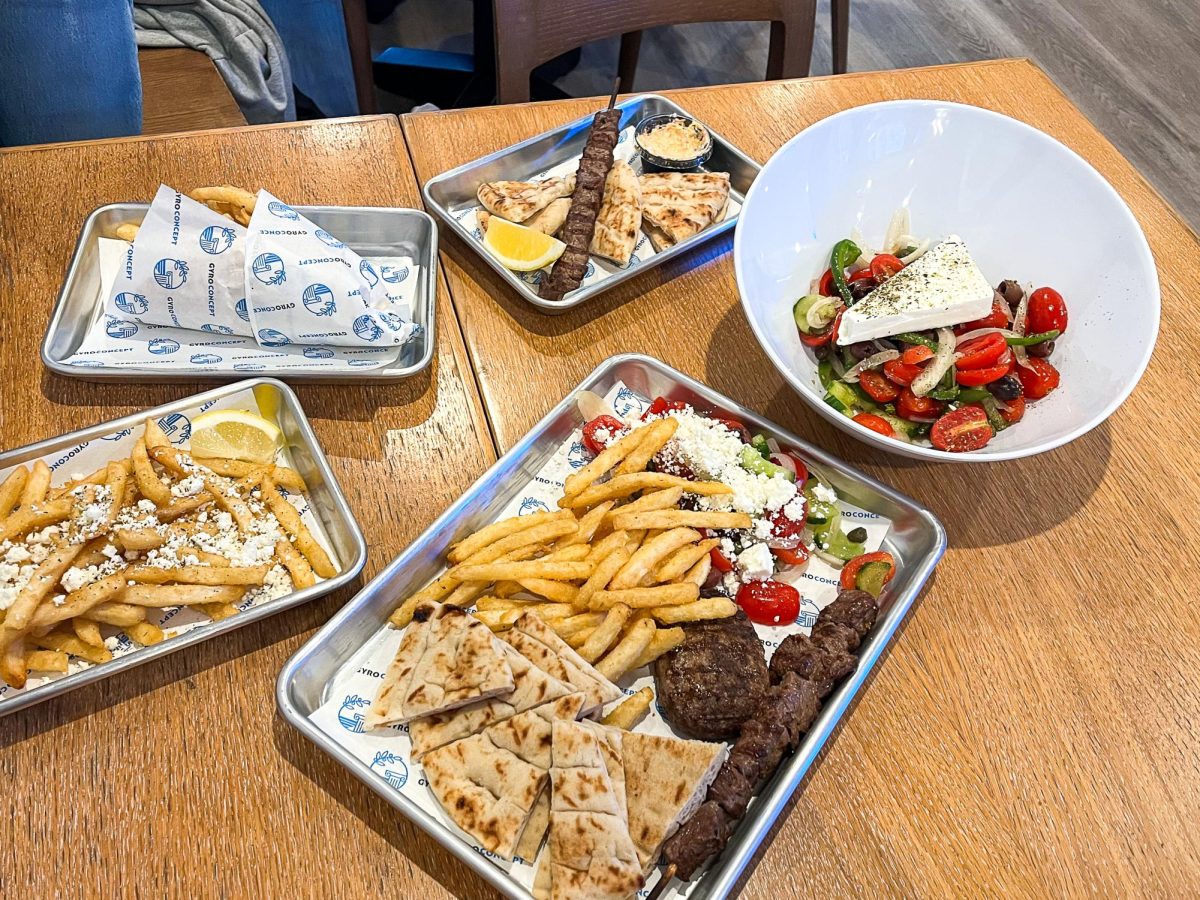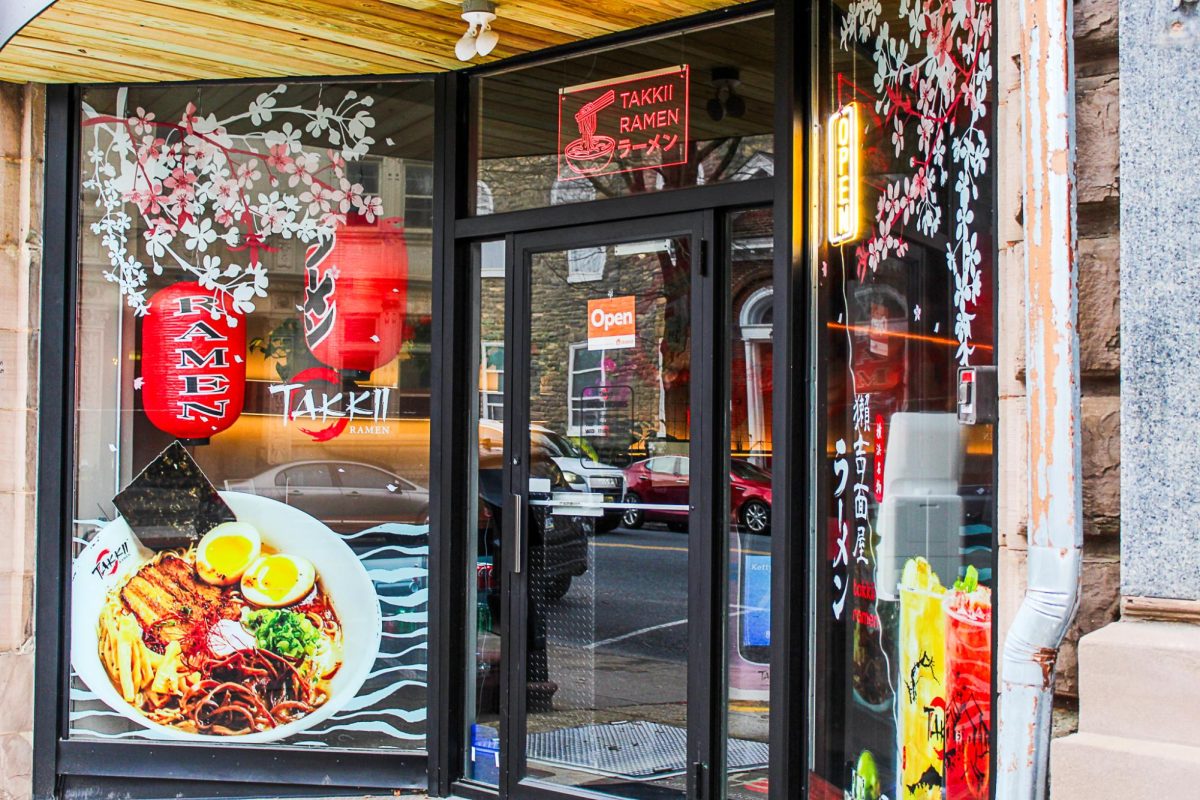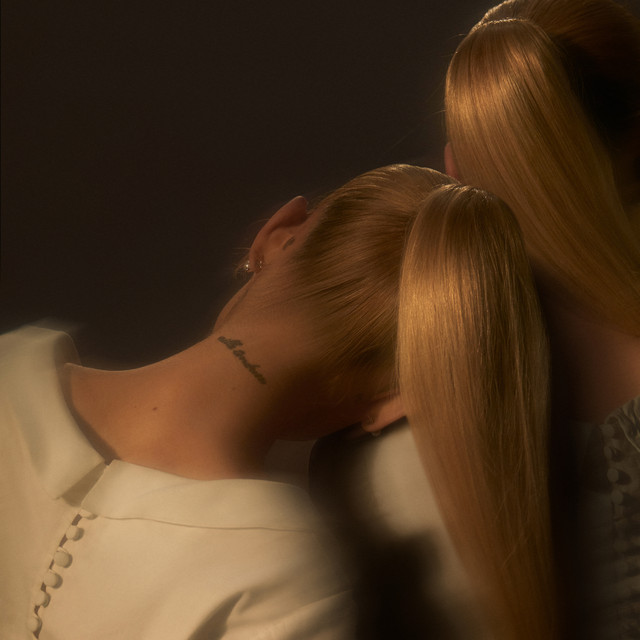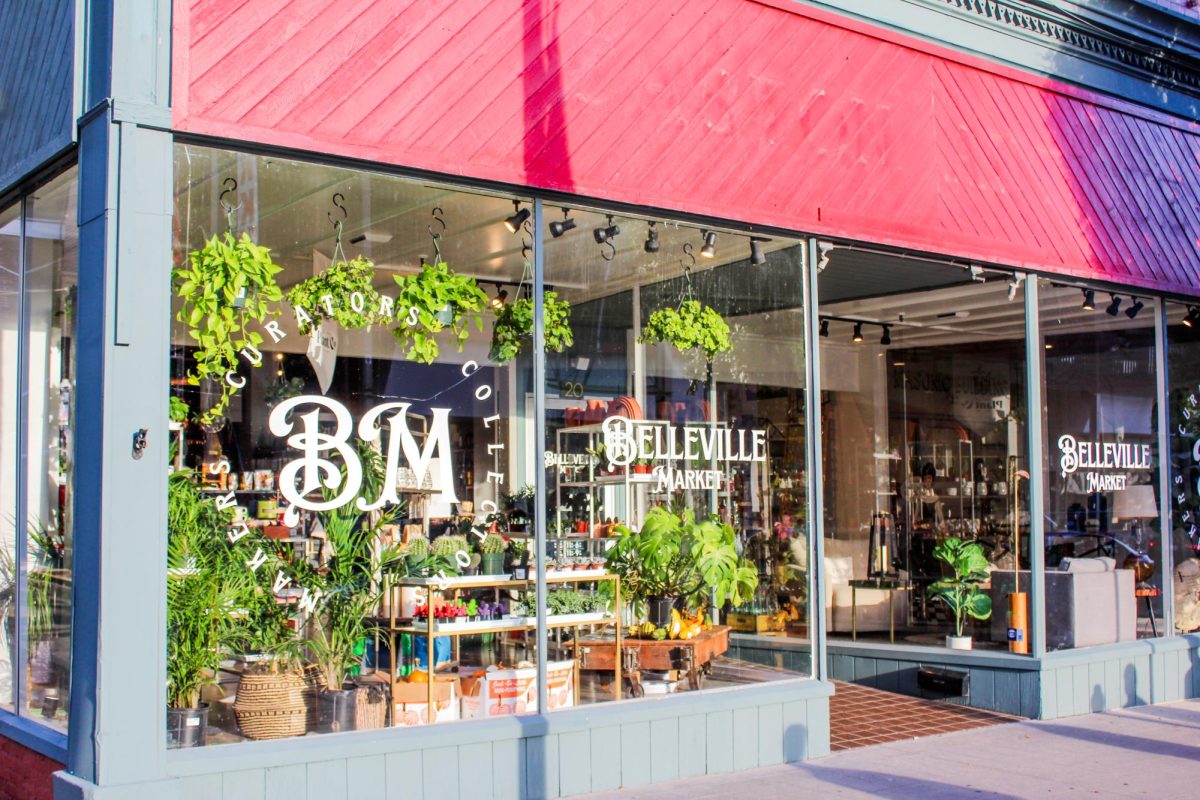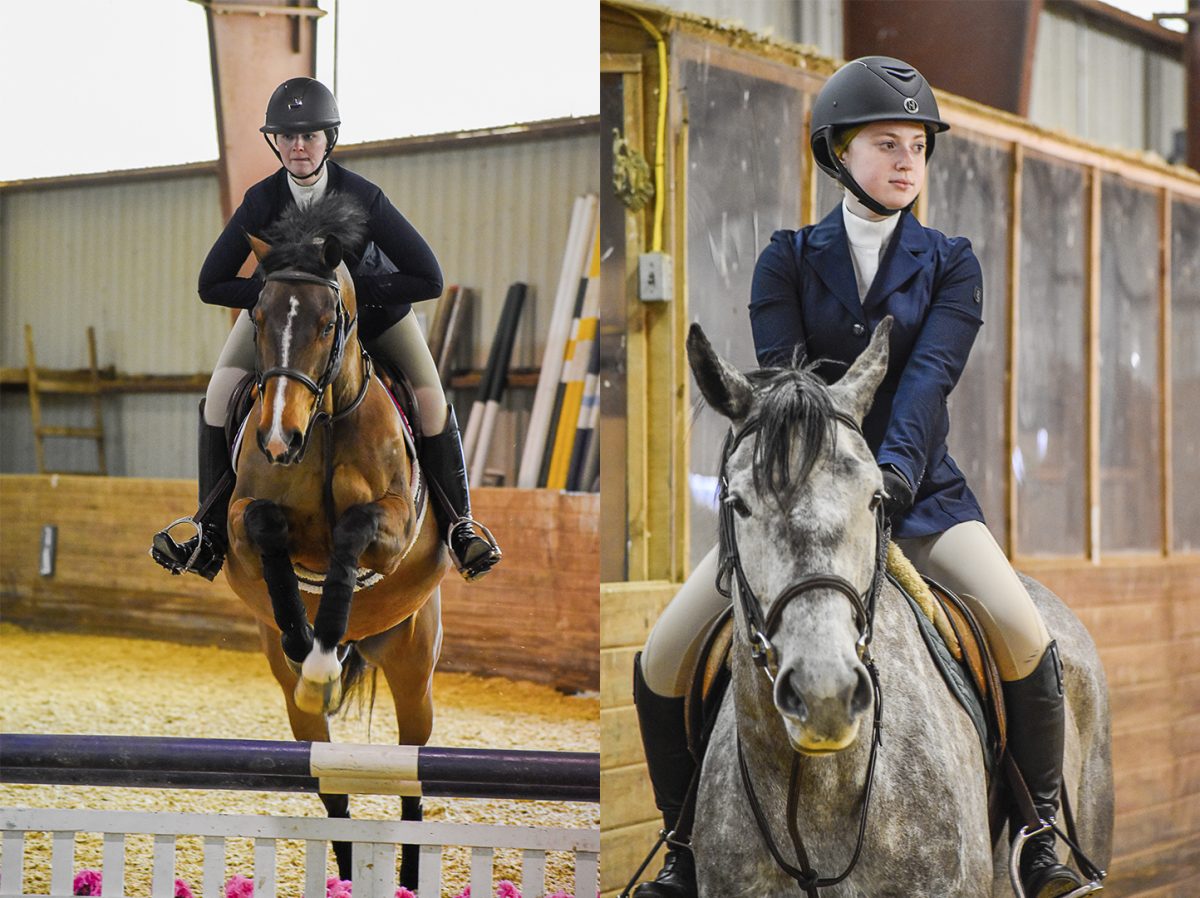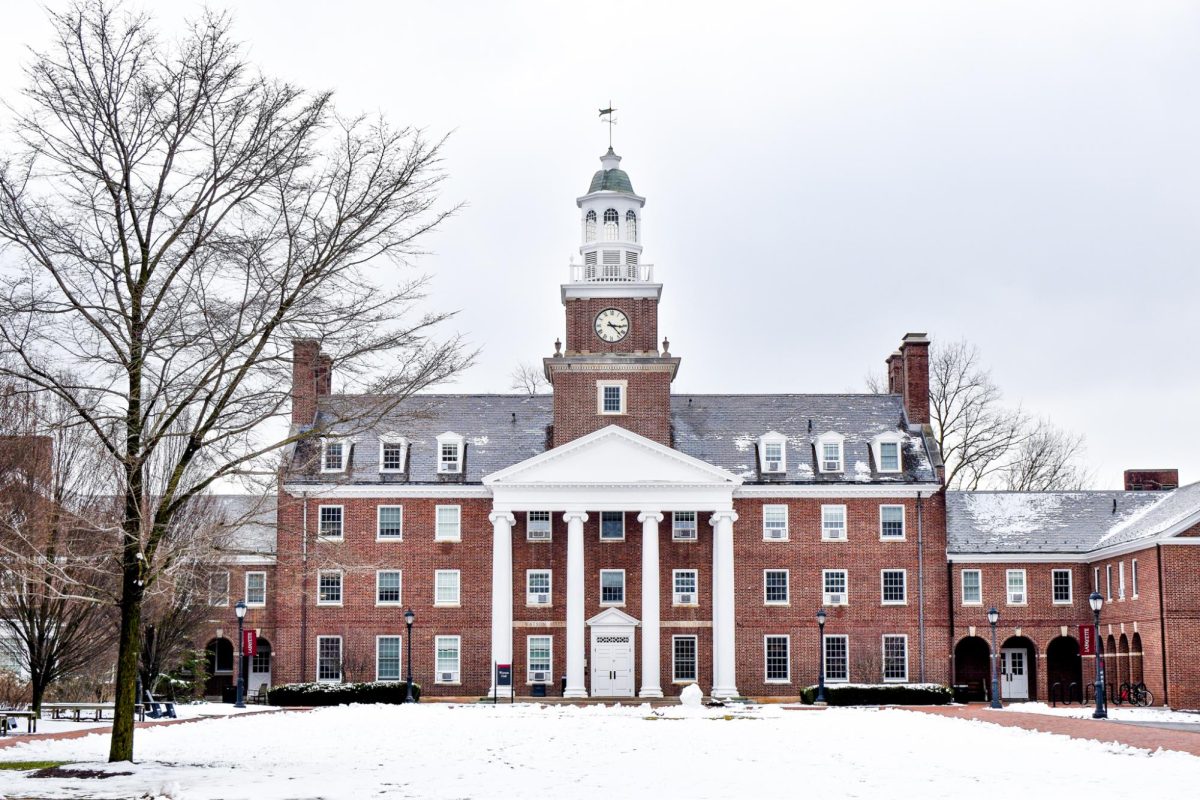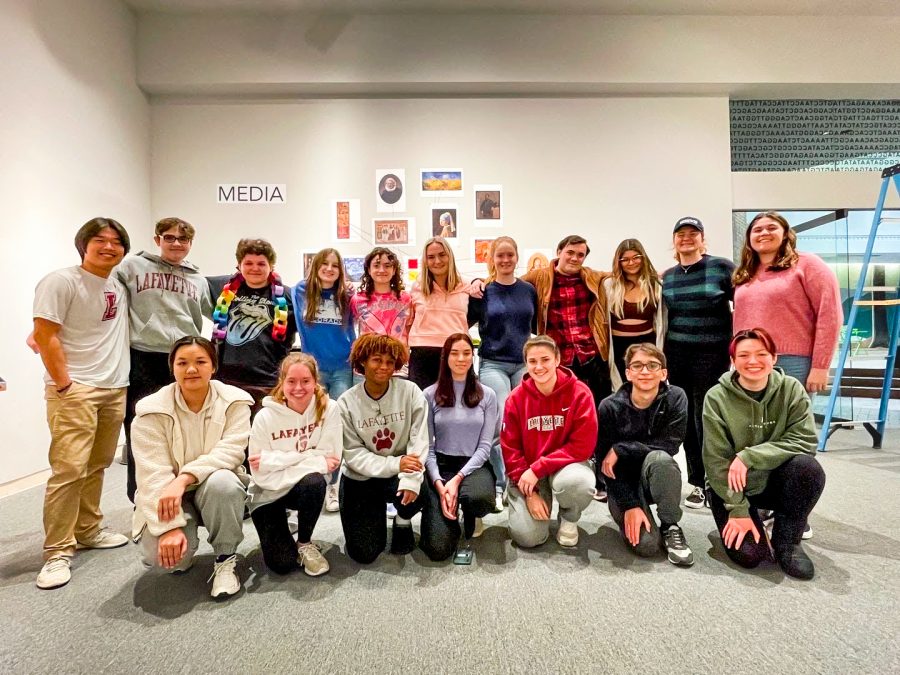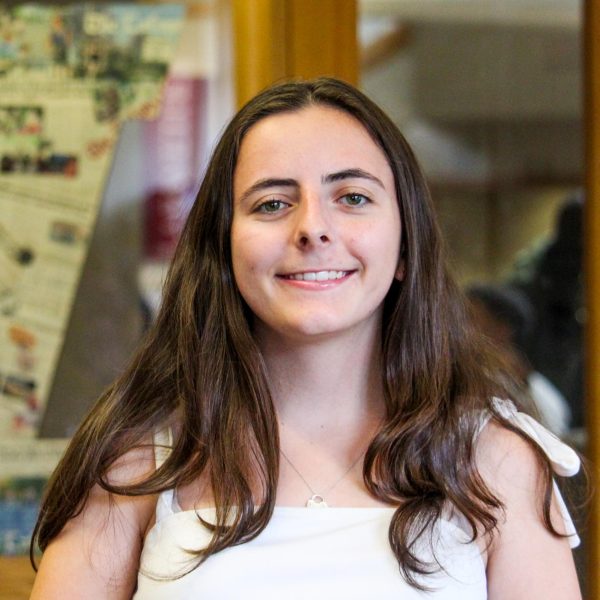Where does your favorite color come from? You can discover that, along with the origin of every other color of the rainbow, at the “Minerals to Pigments to Paintings” exhibition in the Williams Center Gallery.
Assistant professor of art history Eric Hupe and his “Color: History of Making & Meaning” First-Year Seminar (FYS) class created the exhibit, which is a culmination of a semester’s worth of work in which students examined the creation of color from scientific, art historical and creative viewpoints.
“We try to do a lot of hands-on activities throughout the semester to kind of think about the labor that’s prevalent in making art. We now can just get paint from a tube. It’s very easy. But for much of the history of art, artists were actually having to labor making the paints before they even got to making an image,” Hupe said.
In class, students used raw materials to make their own paints.
“The other day we were grinding up cochineal beetles, which are these little beetles that grow on cactuses in Mexico that were heavily desired in the 16th century and ultimately exploited by the Spanish Empire,” Hupe said. “We bought some of those beetles and ground them up. They’re the same color that goes into your yogurt.”
“Minerals to Pigments to Paintings” uses these pigments and paints to share stories about the creation and history of each color.
“The exhibit pulls from the geology collection … a whole sampling of different minerals that have been used historically for making paint,” Hupe said. “We’ve also supplemented that with some organic materials. The exhibition follows the history of those raw materials that come from the Earth, then how they’re processed and then ultimately where they appear in works of art.”
Through the process of researching for the exhibition, students have gained a deeper appreciation for art and artists of the past.
“Medieval artists had to go out and collect the materials, make the pigments and do all that just to make the paintings that we see in museums. It’s a really eye-opening experience from the art historian’s perspective and also just [as a] human being. Like, ‘Wow, people did that,’” Annie Toohey ‘26 said.
The FYS students have been the driving force of the exhibit, which features pigments created from natural resources, art displays and informational posters derived from each student’s research on the color they were assigned at the beginning of the semester.
“They are doing absolutely everything. I’m always in awe of my students. I often have these kind of zany ideas … Until the rubber hits the road, you don’t really know how they’re going to turn out. This particular FYS class has been extraordinary,” Hupe said. “They’re super eager, they have great motivation and they really just kind of run with the punches and are now curating this exhibition.”
Through putting together the exhibition, students connected with each other and strengthened their communication skills.
“This process wouldn’t be possible with just one of us that’s really involved. I think a lot of the teamwork and friendship-building was really important,” Pedro dos Santos ‘26 said. “Getting to build the exhibit is probably one of the coolest projects I’ve ever done.”
Hupe hopes that visitors to the exhibition will gain the same admiration of color that his students have fostered.
“I hope that people become more attuned to the colors that are around them and they become more aware that all of those colors have really deep historical kind of meaning, and that those meanings have been changed and transformed throughout time,” Hupe said.
While the exhibition cannot encompass everything that the FYS has studied, students hope it inspires patrons to explore the intricacies of color on their own.
“You can’t boil down a semester’s worth of knowledge and information, but I do think that this exhibition provokes thought, and it provokes interest and curiosity into looking hopefully more in-depth. Hopefully, the people who come into this exhibit will look into the information we presented and do their own research to gain a deeper knowledge,” Rose Reohr ‘26 said. “I think [the exhibit is] definitely a start, and it’s really cool to see how color is integrated into life and all our different ways of thinking and observing things.”
Students encourage Lafayette community members to support the showing.
“It’s fascinating,” Chris Rafferty ‘26 said. “It’s a good way to spend your time if you have nothing else to do or if you want to see something you haven’t seen before because I’m pretty sure everything on these papers is stuff you didn’t know.”
“I believe that this exhibit will make your life more colorful,” Reohr said.
“Minerals to Pigments to Paintings” will be exhibited at the Williams Center for the Arts until Dec. 9.


